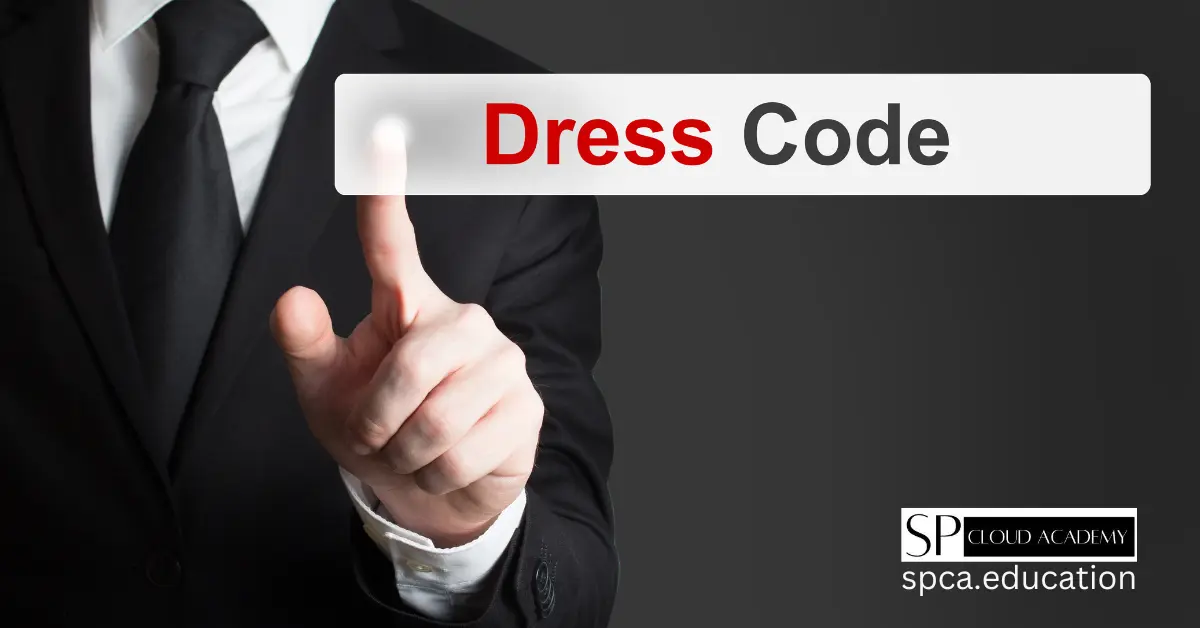In the modern workplace, dress code has become an integral part of professional life. It sets the tone for the company culture, creates a sense of belonging, and plays a significant role in shaping the first impression of both employees and clients. A well-defined dress code policy promotes professionalism, establishes a unified image, and enhances productivity. Furthermore, it can also help avoid any potential conflicts or misunderstandings regarding appropriate attire. Understanding and adhering to the dress code is crucial for maintaining a positive work environment and projecting a professional image.
Understanding the different types of dress codes
Before delving into the specifics of different dress codes, it is essential to have a clear understanding of the three main categories: formal, informal, and casual attire. Each dress code has its own set of guidelines and expectations, which employees should familiarize themselves with to ensure they are appropriately dressed for the workplace.
Formal attire is typically required for important business meetings, conferences, or formal events. It is characterized by suits, ties, and formal dresses. Men should opt for tailored suits in dark colors, accompanied by a dress shirt, tie, and polished shoes. Women, on the other hand, can choose between a sophisticated dress or a tailored suit paired with closed-toe shoes. It is crucial to avoid excessive accessories or flashy colors, as simplicity and elegance are the key components of formal attire.
Informal attire, also known as business casual, strikes a balance between professionalism and comfort. It allows for a more relaxed and approachable appearance while maintaining a level of polish. For men, this can mean wearing dress pants or chinos paired with a collared shirt, a blazer, and loafers or dress shoes. Women can opt for dress pants, skirts, or dresses paired with blouses or sweaters, along with closed-toe shoes or comfortable heels. It is important to avoid overly casual items such as jeans, t-shirts, or sneakers in this setting.
Casual attire is the most relaxed dress code, typically reserved for Fridays or specific company events. However, it is crucial to strike the right balance between comfort and professionalism. For men, this can mean wearing khakis or dress pants paired with a polo shirt or a casual button-down shirt, along with loafers or clean sneakers. Women can consider wearing a casual dress, skirts, or pants paired with blouses, t-shirts, or sweaters, along with flats, sandals, or clean sneakers. It is important to avoid anything too revealing, ripped or stained clothing, or overly casual items such as shorts or flip-flops.
Decoding formal attire: What to wear and what to avoid
Formal attire is the epitome of professionalism and elegance. It is crucial to adhere to certain guidelines to ensure you are appropriately dressed for formal occasions. When it comes to formal attire, simplicity and sophistication are key. Men should opt for tailored suits in dark colors such as navy or charcoal gray. A crisp, white dress shirt paired with a conservative tie is a classic choice. It is important to avoid loud patterns or bright colors that may distract from a professional appearance. Shoes should be polished, and accessories should be kept to a minimum.
Women should choose a tailored dress or suit in a conservative color such as black or navy. Hemlines should be modest, and necklines should be tasteful. Accessories should be minimal and complement the overall outfit. Closed-toe shoes with a moderate heel are recommended. It is important to avoid overly revealing or flashy attire, as this may be seen as inappropriate for formal occasions. Remember, the goal is to project a professional and polished image.
Navigating informal attire: Finding the balance between professionalism and comfort
Informal attire, also known as business casual, allows for a more relaxed and comfortable appearance while still maintaining professionalism. However, it is important to strike the right balance to avoid appearing too casual or sloppy. When it comes to business casual attire, men can opt for dress pants or chinos paired with a collared shirt. A blazer or sports coat can also be added for a more polished look. Loafers or dress shoes complete the outfit. It is important to avoid jeans, t-shirts, or sneakers, as these items are too casual for the workplace.
For women, business casual attire offers more flexibility. Dress pants, skirts, or dresses can be paired with blouses or sweaters. It is important to choose fabrics that are professional and avoid anything too casual or revealing. Shoes should be closed-toe and comfortable heels or flats. It is essential to strike the right balance between comfort and professionalism. Avoid overly casual items such as shorts or flip-flops, as these are not appropriate for the workplace.
Embracing casual attire: How to dress appropriately without sacrificing professionalism
Casual attire is the most relaxed dress code, typically reserved for Fridays or specific company events. However, it is important to maintain professionalism even in a casual setting. Casual attire should be comfortable but still appropriate for a work environment. Men can opt for khakis or dress pants paired with a polo shirt or a casual button-down shirt. Clean sneakers or loafers complete the look. It is important to avoid anything too casual or sloppy, such as ripped or stained clothing, shorts, or flip-flops.
Women can consider wearing a casual dress, skirts, or pants paired with blouses, t-shirts, or sweaters. Closed-toe shoes such as flats, sandals, or clean sneakers are appropriate choices. It is important to avoid anything too revealing, ripped or stained clothing, or overly casual items such as shorts or flip-flops. Remember, even in a casual setting, it is important to project a professional image.
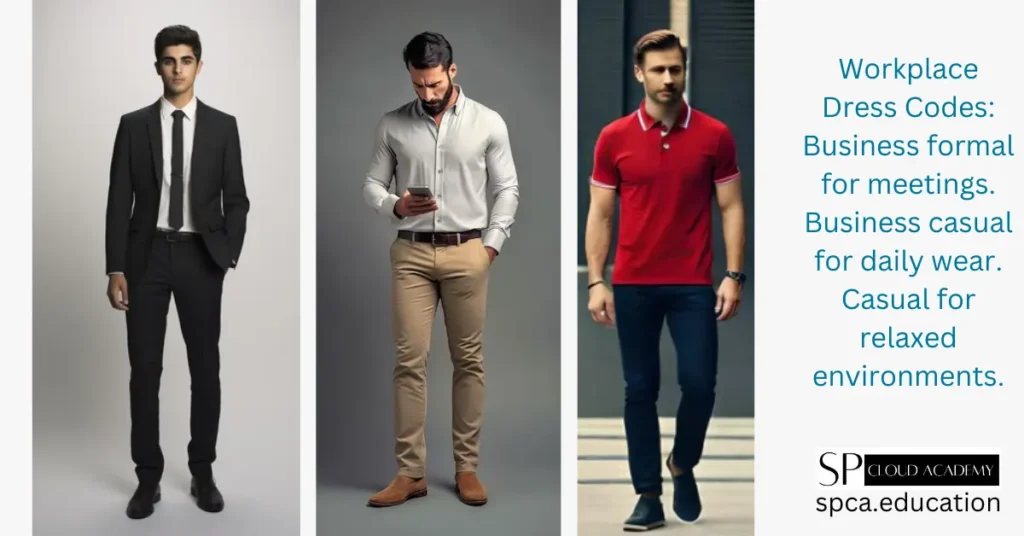
Dress Code Comparison Table
| Feature | Formal | Informal | Casual |
|---|---|---|---|
| Overall Tone | Serious, respectful, professional | Business-like, approachable | Relaxed, comfortable |
| Suit | Required (tailored) | Optional (dress pants/skirt) | Not recommended |
| Shirt/Blouse | Dress shirt/blouse (collared, ironed) | Dress shirt/blouse or sweater | T-shirt, polo shirt, blouse |
| Trousers/Skirt | Dress pants/skirt (tailored) | Dress pants/skirt (knee-length or longer) | Jeans (dark wash, no rips), chinos, skirt |
| Shoes | Dress shoes (closed-toe, polished) | Dress shoes or loafers | Sneakers, boots (clean) |
| Accessories | Minimal (watch, tie/scarf optional) | Watch, moderate jewelry | Minimal or trendy jewelry |
| Hair & Makeup | Neat and professional | Styled but not overly done | Casual and comfortable |
| Examples | Tuxedo/evening gown, suit/dress with heels | Dress pants/skirt with blouse/sweater, blazer (optional) | Jeans with t-shirt, sundress, shorts (depending on location) |
Additional Notes:
- This is a general guideline, and specific dress codes can vary depending on the occasion, workplace, and culture.
- It’s always better to err on the side of formality if you’re unsure.
- Consider the level of formality you want to project and dress accordingly.
Dress code policies: What to consider when implementing or updating a dress code policy
When implementing or updating a dress code policy, there are several factors to consider to ensure it is fair, inclusive, and aligns with the company culture. Firstly, it is important to clearly define the dress code guidelines for each category – formal, informal, and casual attire. This will help employees understand the expectations and dress appropriately. Secondly, it is crucial to consider the specific requirements of the industry or profession. Some industries may have more stringent dress code policies, while others may allow for more flexibility.
Additionally, it is important to take into account the diversity and individuality of the employees. A dress code policy should be inclusive and respect different cultural, religious, and personal preferences. It should also be practical and take into consideration the comfort and safety of the employees. Lastly, it is important to communicate the dress code policy effectively to all employees. This can be done through employee handbooks, training sessions, or regular reminders. Feedback and input from employees should also be encouraged to ensure the dress code policy is well-received and understood.
Dressing for success: Tips for choosing the right outfit for an important meeting or event
Choosing the right outfit for an important meeting or event can significantly impact your confidence and professional image. Here are some tips to ensure you are dressed for success:
- Research the dress code: Understand the specific dress code expectations for the meeting or event. Whether it is formal, informal, or casual, make sure you adhere to the guidelines.
- Dress slightly more formal than required: It is better to be slightly overdressed than underdressed for important meetings or events. This shows respect and professionalism.
- Pay attention to fit and tailoring: Ensure your outfit is well-fitted and tailored to your body shape. Ill-fitting clothing can appear sloppy and unprofessional.
- Choose appropriate colors and patterns: Stick to neutral colors and subtle patterns for a professional look. Avoid anything too flashy or distracting.
- Pay attention to grooming and personal hygiene: Cleanliness and grooming play a crucial role in your overall appearance. Ensure your hair, nails, and personal hygiene are well-maintained.
- Consider the culture and context: Take into account the company culture and the nature of the meeting or event. Adapt your outfit accordingly to fit the context.
Remember, dressing for success is not just about the clothes you wear; it is also about projecting confidence and professionalism through your appearance.
Dress code etiquette: How to navigate dress code expectations in the workplace
Navigating dress code expectations in the workplace can sometimes be challenging. Here are some etiquette tips to help you dress appropriately:
- Familiarize yourself with the dress code policy: Read and understand the dress code policy of your workplace. This will help you adhere to the guidelines and avoid any potential conflicts or misunderstandings.
- Observe your colleagues: Pay attention to how your colleagues dress and follow their lead. This will give you an idea of the acceptable attire in your workplace.
- Dress slightly more formal than others: It is always better to be slightly overdressed than underdressed. This shows respect and professionalism.
- Avoid revealing or inappropriate clothing: It is important to dress modestly and avoid any clothing that may be seen as inappropriate or offensive in the workplace.
- Dress for the occasion: Take into account the nature of your work and the specific tasks or meetings you have scheduled for the day. Dress accordingly to fit the context.
- Seek clarification if unsure: If you are unsure about the dress code expectations for a specific event or occasion, don’t hesitate to seek clarification from your supervisor or HR department.
Remember, dressing appropriately is a sign of respect for yourself, your colleagues, and the workplace environment.
The evolution of dress codes: How workplace attire has changed over time
Workplace attire has undergone significant changes over time, reflecting the evolving societal norms and cultural shifts. In the past, formal attire was the norm in most workplaces, with strict guidelines for both men and women. Suits, ties, and formal dresses were the standard, regardless of the industry or profession. However, as workplaces became more diverse and inclusive, dress codes started to adapt to accommodate different preferences and needs.
The rise of technology and the startup culture also played a significant role in shaping the evolution of workplace attire. Casual attire became more acceptable, with companies embracing a more relaxed and comfortable dress code. This shift was driven by the desire for a more inclusive and creative work environment, where employees felt comfortable expressing their individuality.
Today, many workplaces have embraced a more flexible dress code policy, allowing employees to choose attire that suits their personal style while still maintaining professionalism. This shift towards more casual and inclusive dress codes has been widely embraced as it promotes a positive work environment and allows employees to feel comfortable and confident.
Conclusion: Embracing diversity and individuality in workplace dress codes
In conclusion, dress code plays a crucial role in the modern workplace. Understanding the different types of dress codes – formal, informal, and casual attire – is essential for navigating the expectations of the workplace. Dressing appropriately not only projects a professional image but also contributes to a positive work environment and enhances productivity.
When implementing or updating a dress code policy, it is important to consider the specific requirements of the industry, as well as the diversity and individuality of the employees. A well-defined dress code policy should be fair, inclusive, and practical, while still respecting cultural, religious, and personal preferences.
Ultimately, embracing diversity and individuality in workplace dress codes allows employees to express their personal style while still maintaining professionalism. By striking the right balance between comfort and professionalism, employees can feel confident and comfortable in their attire, contributing to a more positive and productive work environment.
See Also
-
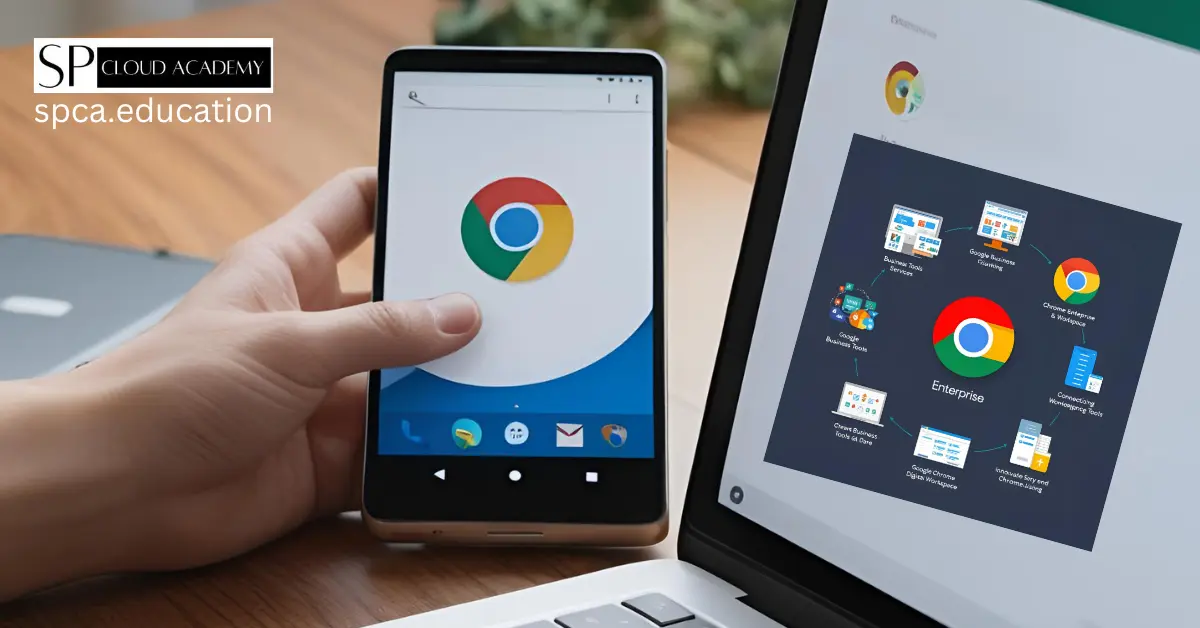
Google Chrome Enterprise Full Guide: Boost Security, Productivity & Control
-
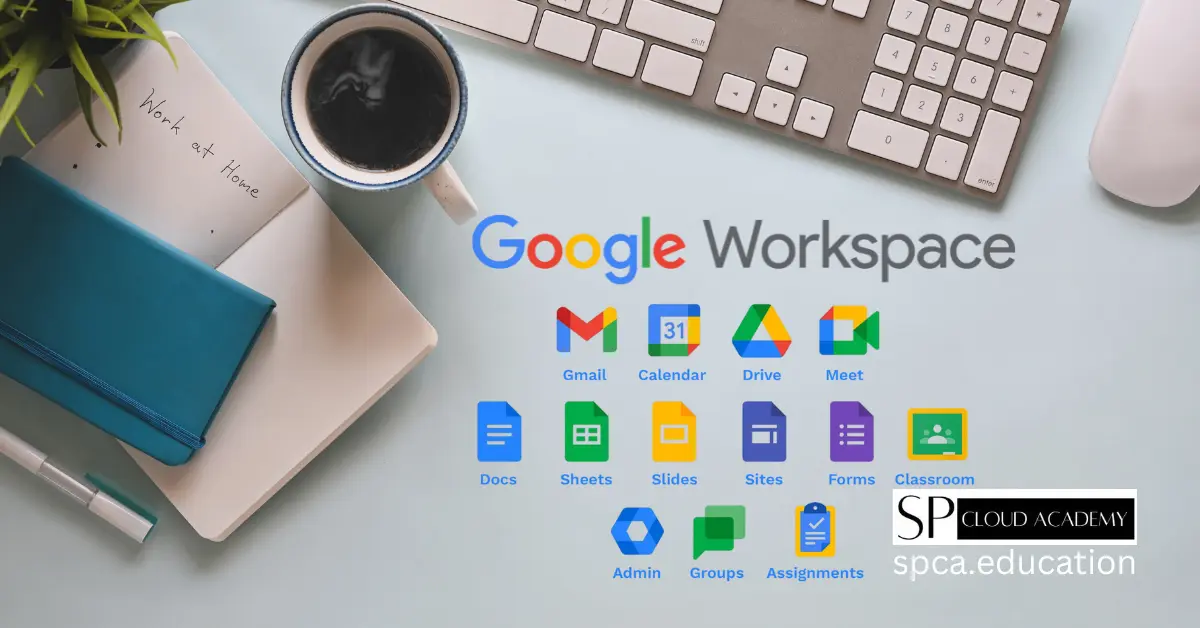
Google Workspace Management Guide for Business and Education with Custom Domain
-
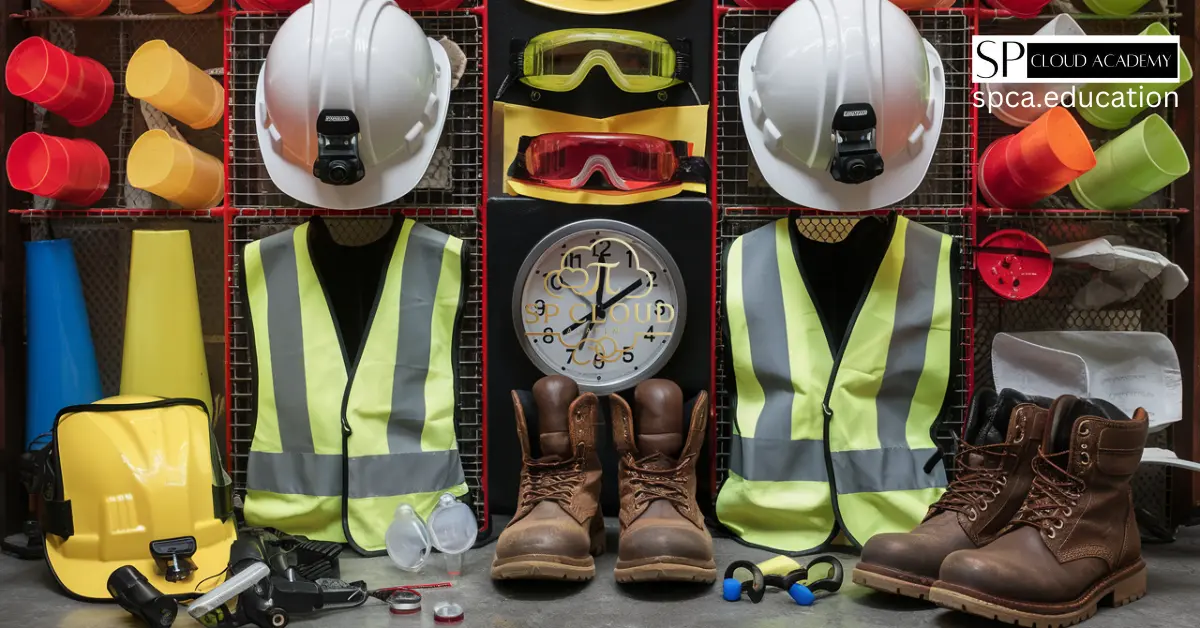
PPE in the Workplace: The Life-Saving Gear Every Employee Must Use
-
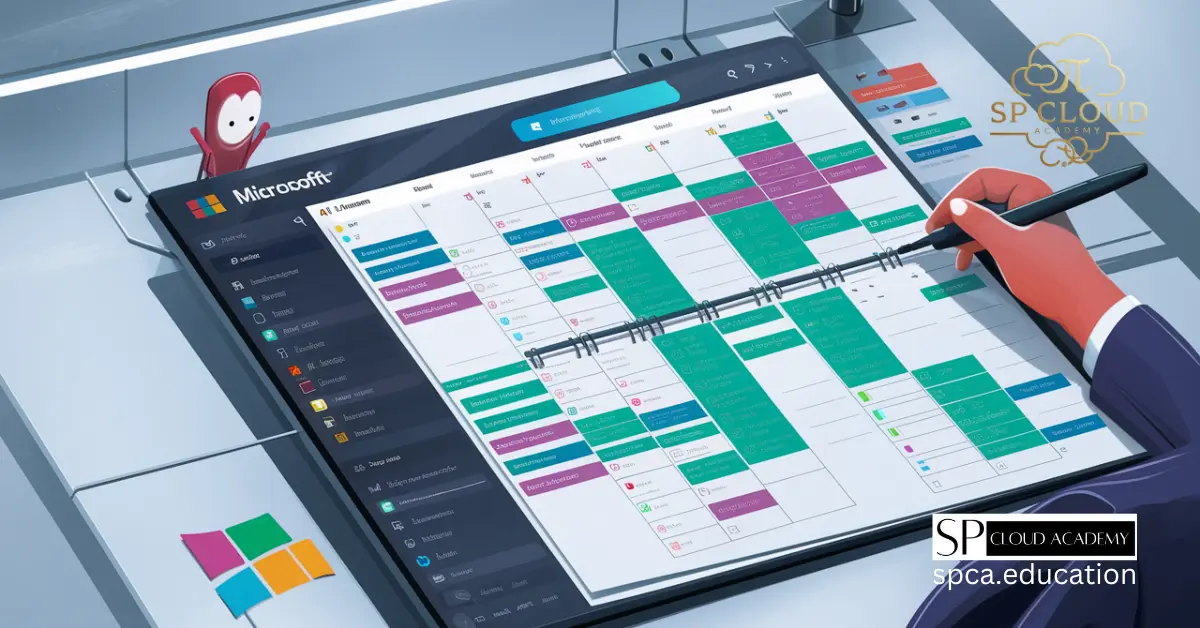
Microsoft Planner: Your Ultimate Tool for Effortless Team Collaboration and Task Management
-
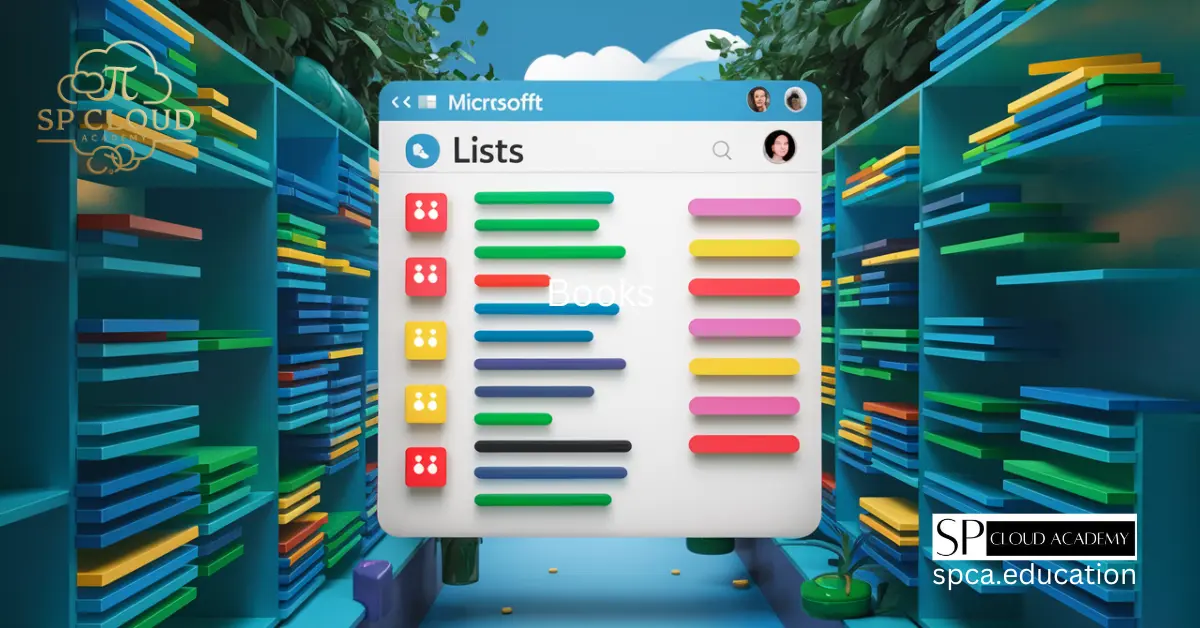
Mastering Microsoft Lists: The Ultimate Guide to Organizing Your Work Like a Pro
-
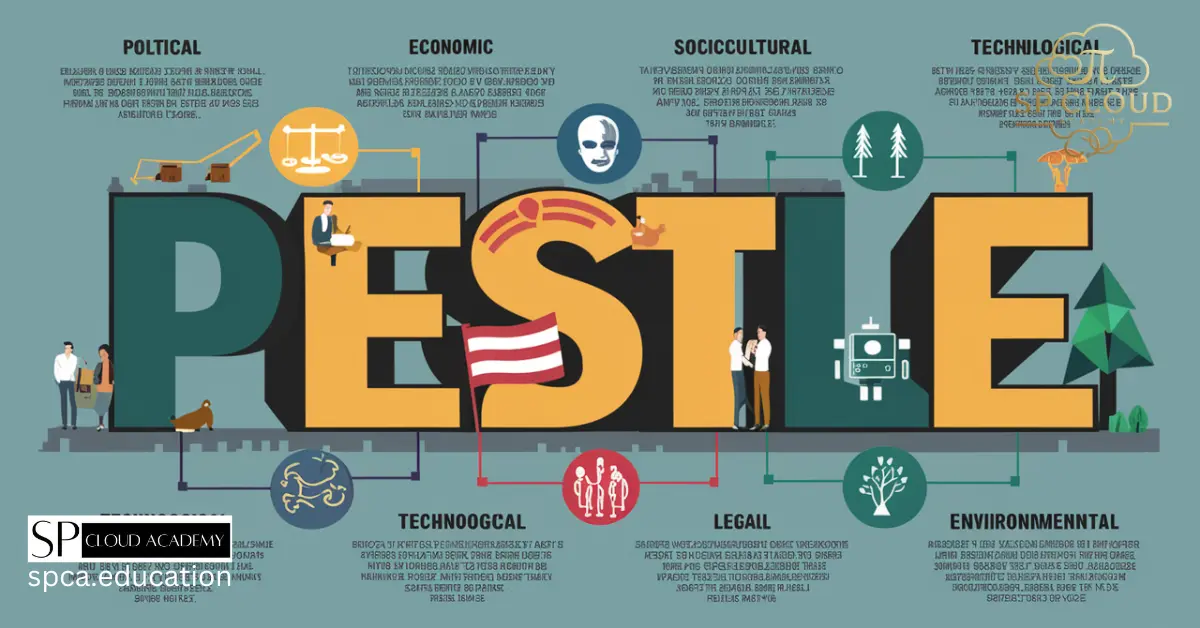
PESTLE Analysis: A Game-Changer for Modern Businesses
